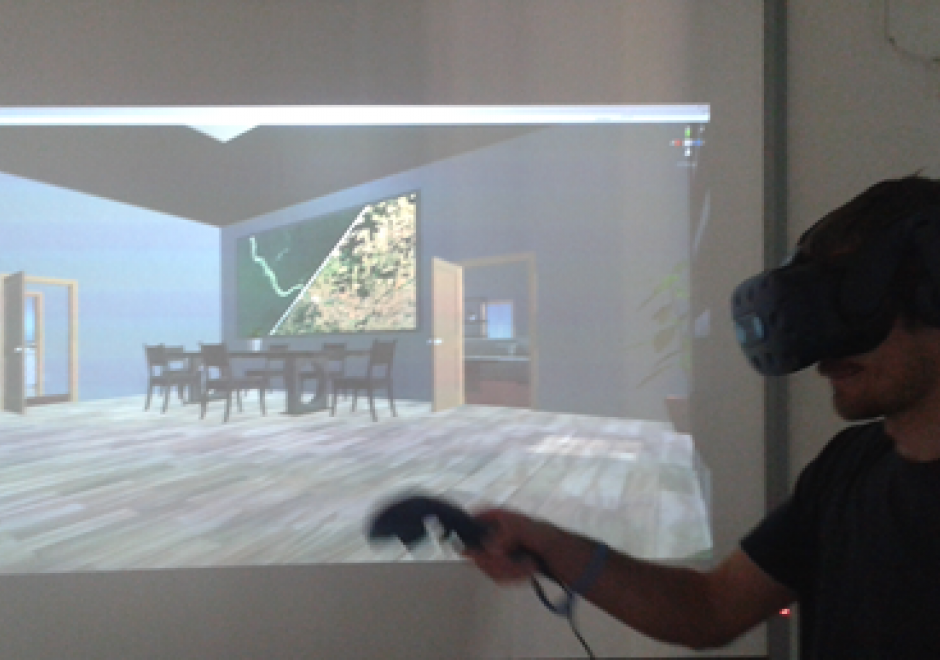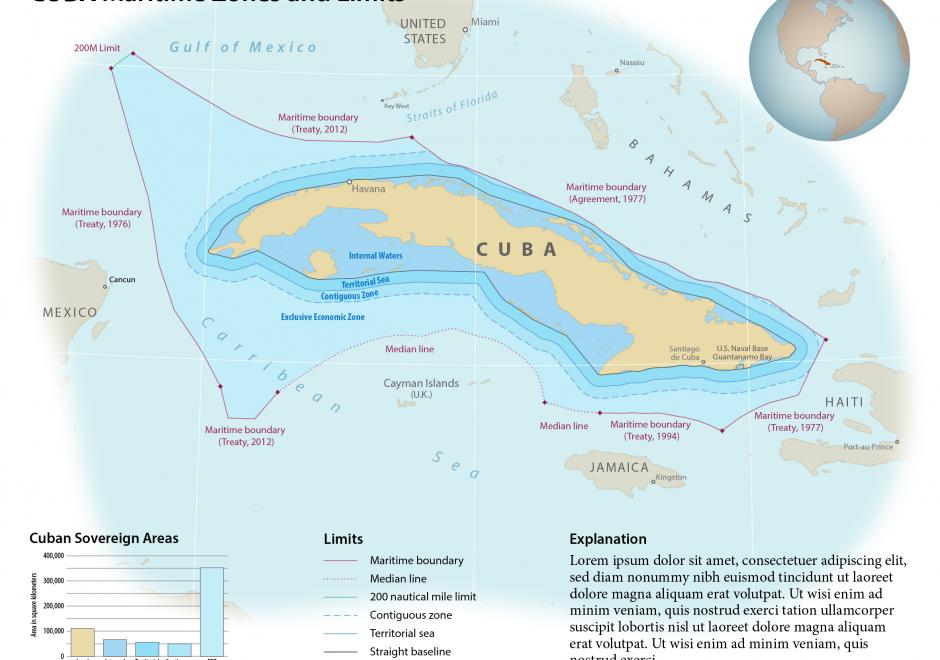CV-16 - Virtual and Immersive Environments

A virtual environment (VE) is a 3D computer-based simulation of a real or imagined environment in which users can navigate and interactive with virtual objects. VEs have found popular use in communicating geographic information for a variety of domain applications. This entry begins with a brief history of virtual and immersive environments and an introduction to a common framework used to describe characteristics of VEs. Four design considerations for VEs then are reviewed: cognitive, methodological, social, and technological. The cognitive dimension involves generating a strong sense of presence for users in a VE, enabling users to perceive and study represented data in both virtual and real environments. The methodological dimension covers methods in collecting, processing, and visualizing data for VEs. The technological dimension surveys different VE hardware devices (input, computing, and output devices) and software tools (desktop and web technologies). Finally, the social dimension captures existing use cases for VEs in geo-related fields, such as geography education, spatial decision support, and crisis management.


CV-03 - Vector Formats and Sources
In the last ten years, the rise of efficient computing devices with significant processing power and storage has caused a surge in digital data collection and publication. As more software programs and hardware devices are released, we are not only seeing an increase in available data, but also an increase in available data formats. Cartographers today have access to a wide range of interesting datasets, and online portals for downloading geospatial data now frequently offer that data in several different formats. This chapter provides information useful to modern cartographers working with vector data, including an overview of common vector data formats (e.g. shapefile, GeoJSON, file geodatabase); their relative benefits, idiosyncrasies, and limitations; and a list of popular sources for geospatial vector data (e.g. United States Census Bureau, university data warehouses).